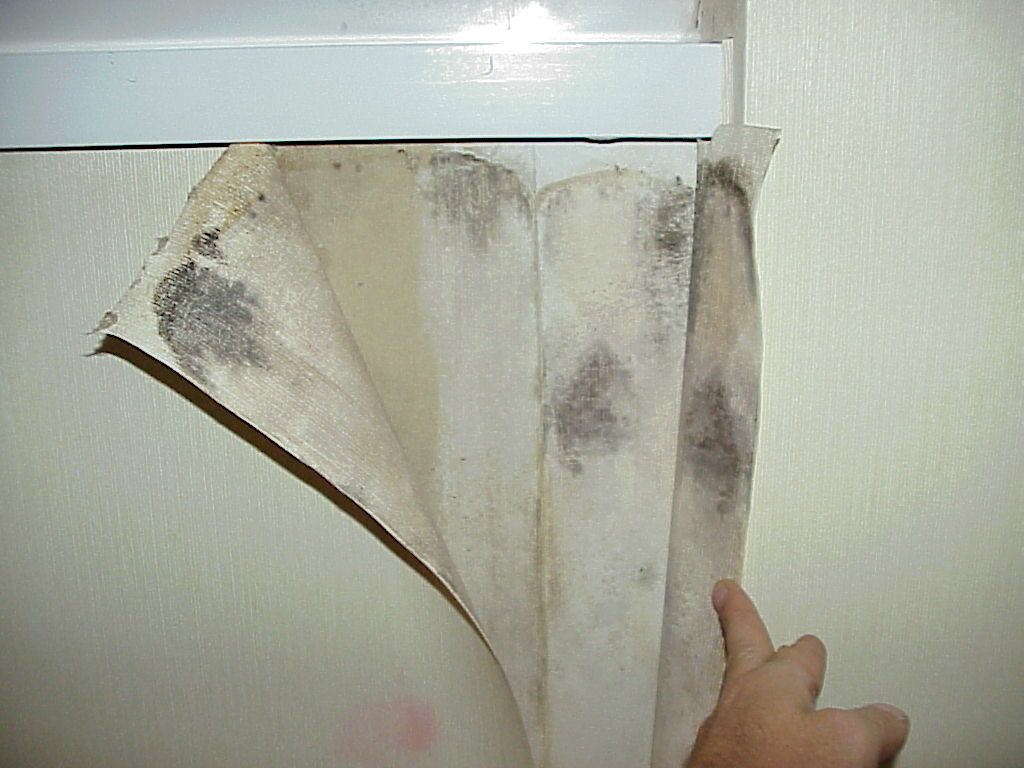
In the quest to maintain a healthy and clean living environment, mould growth remains a persistent challenge. Often unseen and unnoticed, mould can proliferate due to everyday habits and routines, undermining our efforts to keep our homes safe and clean. Understanding the root causes of mould growth and the daily activities that contribute to it is crucial in combating this silent invader.
The Invisible Enemy: Understanding Mould
Mould is a type of fungus that thrives in moist environments. It reproduces through tiny spores that travel through the air, invisible to the naked eye. When these spores land on a damp surface, they begin to grow and spread, leading to mould infestations. Mould can have various colours and appearances, often presenting as a patchy, fuzzy growth on walls, ceilings, and other surfaces.
Everyday Activities That Encourage Mould
- Inadequate Ventilation – One of the most significant contributors to mould growth is poor ventilation, especially in high-moisture areas like bathrooms and kitchens. Without proper air circulation, moisture lingers, creating an ideal breeding ground for mould.
- Excessive Humidity – Homes with high humidity levels are more susceptible to mould. Daily activities like cooking, showering, and even breathing can increase indoor humidity.
- Water Leaks and Spills – Unaddressed water leaks, whether from a dripping faucet or a leaking roof, provide the moisture mould needs to grow. Similarly, not cleaning up spills promptly can also lead to mould problems.
The Role of Mould Cleaning Services
Professional mould cleaning services play a crucial role in effectively removing mould infestations. These services use specialised tools and techniques to not only clean the visible mould but also address the root causes, preventing recurrence.
Preventing Mould Growth in Your Home
- Regulate Indoor Humidity – Aim to keep your home’s humidity levels between 30% and 50%. Using dehumidifiers and air conditioners during humid months can help control moisture levels.
- Ensure Proper Ventilation – Install exhaust fans in bathrooms and kitchens, and open windows when weather permits to improve air circulation.
- Promptly Address Water Leaks – Regularly inspect your home for leaks and fix them immediately. Pay special attention to areas under sinks, around toilets, and in basements.
- Dry Wet Areas Immediately – Wipe up spills straight away and dry out wet materials and surfaces to prevent mould from taking hold.
- Clean and Repair Roof Gutters – Regularly check and clean your gutters, and repair them if necessary to prevent water damage and mould growth.
Health Implications of Mould Exposure
Exposure to mould can lead to various health issues, particularly for those with allergies, asthma, or weakened immune systems. Symptoms of mould exposure can include nasal stuffiness, throat irritation, coughing or wheezing, eye irritation, or, in some cases, skin irritation.
Innovative Strategies for a Mould-Free Home
Advancements in home maintenance and cleaning techniques offer new ways to combat mould. For instance, integrating smart home technology to monitor humidity levels and using mould-resistant paints and building materials can significantly reduce the risk of mould growth.
“A Breath of Fresh Air” – Wrapping Up
In conclusion, everyday habits, often overlooked, can inadvertently fuel mould growth in our homes. By understanding the common causes of mould and implementing practical prevention strategies, we can create healthier living spaces. Regular vigilance, combined with professional expertise when needed, is key to maintaining a mould-free environment, ensuring a breath of fresh air in our homes.
Andres Walsh
Related posts
Stay connected
Today's pick
- Things to Remember While Designing Your Custom Modular Kitchen in GurgaonGurgaon now known as Gurugram is the second largest city in the state of Haryana and is a reflectiossn of an ideal modern city with futuristic goals. Witnessing rapid urbanization, it has also emerged as a hub for contemporary homes, with homeowners seeking innovative and... The post Things to Remember While Designing Your Custom Modular […]
